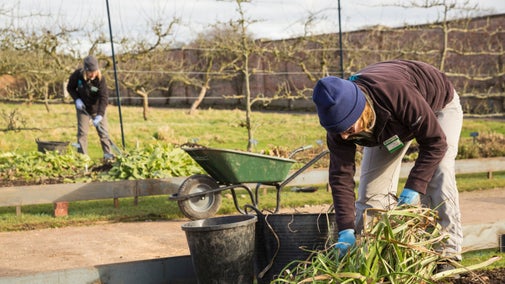Discover the garden at Blickling
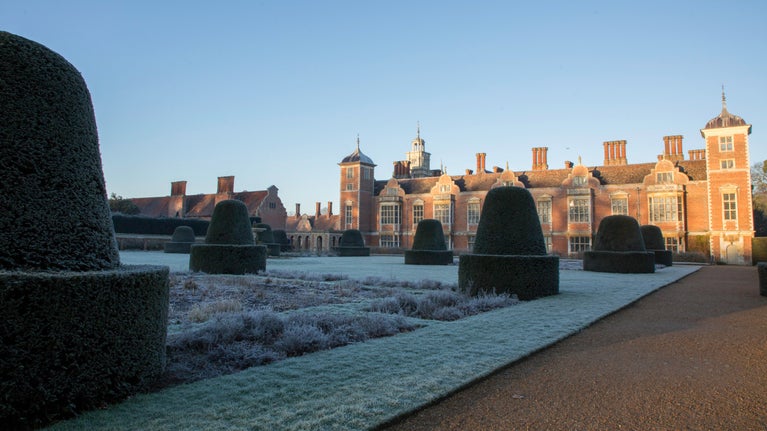
Jump to
The Blickling Estate garden has something for every season. Take a stroll to the Temple, before looking back to admire spectacular views of the house and Parterre; wander the wilderness, discover the produce growing in the Walled Garden or take time out by the lake.
Winter colour at Blickling
Early daffodils provide a burst of bright colour along temple walk, flowering from mid-January. As the season evolves, head to the winter garden, tucked away behind the Orangery, to see hellebores, snowdrops and the hevily scented Daphne in flower.
Once you've finished exploring, warm up with a steaming cup of coffee, a hot chocolate or a bowl of soup at one of our cafés.

What to see year round in the Blickling Estate garden
The Acre and Parade
Take a stroll on the Acre and enjoy spectacular views across the lake, home to an abundance of wildlife. The lime trees and turkey oak are highlights, with twisting branches and unique character. The Parade is a perfect spot to sit and read a book or enjoy a picnic.
The Parterre
The planting of the Parterre was radically simplified in 1932 by the renowned garden designer Norah Lindsay, for the 11th Marquess of Lothian. Lindsay retained the yew hedge topiary but replaced the intricacies of the Victorian planting with four large herbaceous plots in cool and hot colours, surrounded by beds of roses and catmint.
The Temple
This building was first mentioned in 1738 but was probably built 10 years before. In the frieze, the monograms of Sir John Hobart (later the 1st Earl of Buckinghamshire) alternate with the Hobart bull. The Temple was built in the Doric style and is the highlight of an impressive vista down to the house.
The Orangery
The site of the Orangery was chosen in 1781. By 1793, it contained large, young and dwarf orange trees, but as it's now unheated it houses much hardier citrus trees. The statue of Hercules is probably a Nicholas Stone figure, while the majolica plaques, in the style of Luca della Robbia, were crafted in the 19th century.
Topiary and yew hedges
The yew hedges line the front drive leading to the house. The annual trimming begins in August with the topiary in the Parterre, followed by the ancient yew hedges. Previously, this used to be a laborious task, but today it's completed in little over a fortnight with mechanical cutters, a cherry picker, and constant attention to line and form.
Wilderness
The concept of the 'wilderness' is much more structured than its name implies, and dates from the earliest Jacobean garden. During the 1987 gales, many trees were lost overnight. All have now been replaced with new trees planted to fill earlier gaps.
The Walled Garden
For four centuries, the Walled Garden at Blickling supplied enough produce to feed the many families that lived and worked on the 5,000-acre estate. However, with the garden falling into disrepair during the 20th century, a restoration project began in November 2014 to restore it to its former glory.
With fruit, vegetables and herbs growing in abundance, visitors can not only explore the Walled Garden in full splendour, but also enjoy eating much of its produce in the National Trust cafés - or take some home with them from our donation station at the Estate Barn.

See Blickling Estate up close in ITV's series, Ainsley's National Trust Cook Off. Celebrity chef Ainsley Harriott hosts a friendly outdoor cooking competition and creates dishes using produce grown in Blickling's garden. Our staff and volunteers taste and rank each dish, and you'll also get to know the people who look after the gardens all year round.
You might also be interested in
Our work in the garden at Blickling
Discover the work our garden team are involved with to maintain the different garden areas at Blickling for future generations.

Eating and shopping at Blickling Estate
Offering delicious, locally sourced and produced food, stop at one of the cafés, browse in the shop or grab a bargain in the second-hand bookshop.
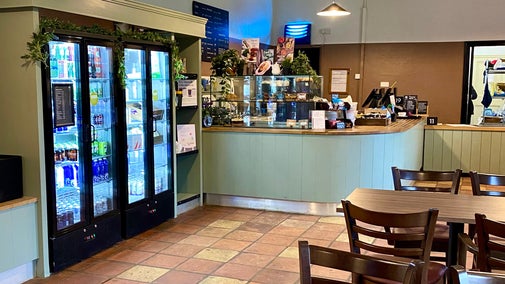
Explore the wider Blickling Estate
There's much more to Blickling Estate than its famous house. Covering 4,600 acres with 950 acres of woodland and parkland and 3,500 acres of farmland, Blickling Estate is great for exploring alone, with family or your four-legged friends.
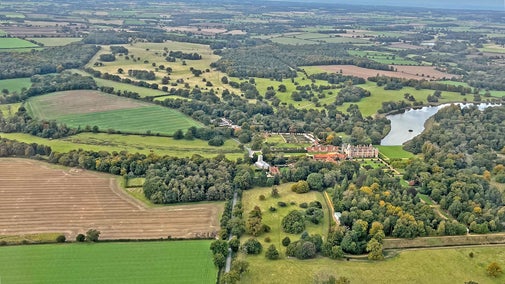
Discover the House at Blickling Estate
Discover more about Blickling Hall, in Norfolk, a Jacobean mansion thought to be the birthplace of Anne Boleyn, and sits in a historic park.
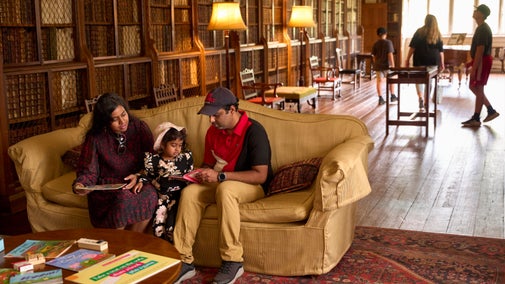
Bringing your dog to Blickling Estate
Blickling is a three pawprint rated place. The parkland is the perfect place to take your dog for a walk. Read our guide on how to make the most of your visit together.

Gardening tips
Discover our gardeners’ top tips so you can make the most of your garden, plot or window box.
